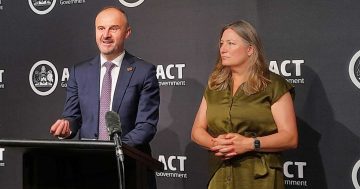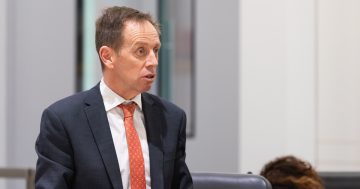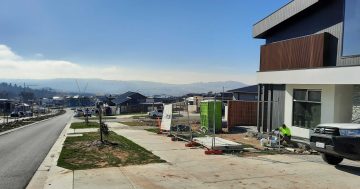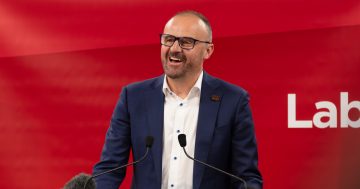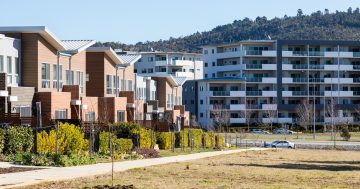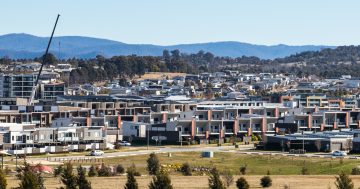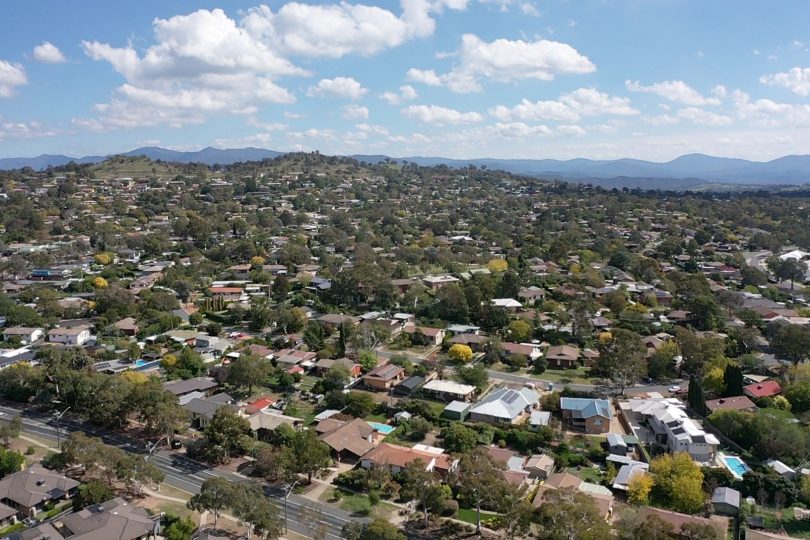
Development and green space remains a hot issue for Canberrans. Photo: File.
ACT Labor and the ACT Greens are headed for a showdown on key issues before sealing their governing partnership, including the level of infill development in the ACT.
The Greens’ big showing in Saturday’s election will give it more leverage than before but Chief Minister Andrew Barr, pre-warned with accurate polling predicting their success, has laid out his party’s position on infill and the phase-out of gas infrastructure.
The Greens went into the election with a policy of 80 per cent infill and 20 per cent greenfield development but Mr Barr was quick post-election to say that was weighted too much towards development in Canberra’s established suburbs.
“People have rejected open slather development but they haven’t voted for no new suburbs,” he said.
“The balance of infill, exactly how that is delivered, is something that needs to be talked about.”
It’s an issue that excites many different sectors of the community, with residents in some suburbs worried about what densification will mean for them, some are demanding more land releases and stand alone family homes and others clamouring for a more diverse and cheaper range of housing styles.
The Greens want to limit urban sprawl and conserve habitat but Mr Barr, keenly aware of the Liberal line of attack during the election about Canberrans being forced to look for cheaper housing across the border, still sees scope for growth.
He also believes there will have to be trade-offs for such a contentious issue.
”I don’t think it is possible to have more infill, less high rise and more greenspace,” he said. ”There will have to be trade-offs there. No doubt that’s going to be a feature of the first 12 months of the Assembly.”
Mr Barr also did not expect the price of land to fall substantially but suggested there were ways of getting more affordable blocks to market.
He implied that the housing industry would have to start providing a greater range of product, including smaller more affordable homes on smaller blocks – the missing middle between apartments and standard homes
”We build big, expensive houses in Canberra and that is a factor in affordability,” he said.
Mr Barr said there was agreement that the planning system needed to change and that all three parties will have to find common ground during the upcoming planning review.
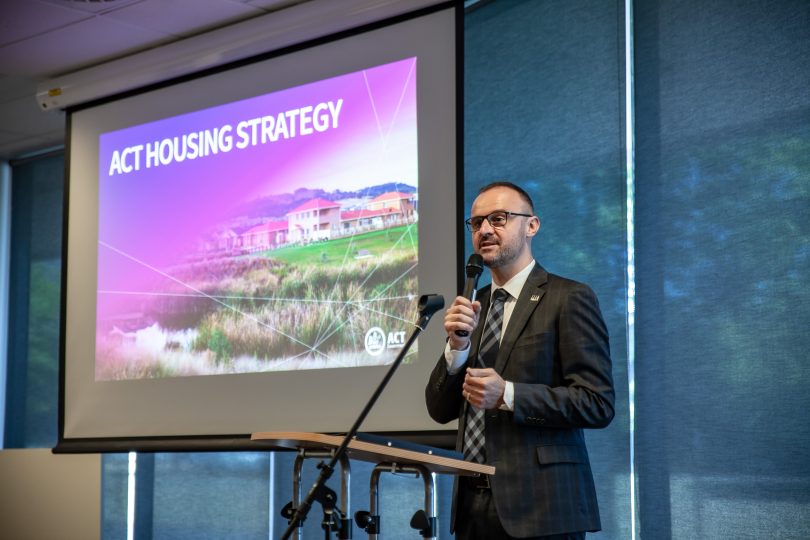
Chief Minister Andrew Barr: Canberra’s houses are too big and expensive. File photo
He suggested this may include simple changes such as increasing setbacks, so buildings are not too close to boundary edges, and reviewing plot ratios and the level of density on blocks.
For those who are locked out of the housing market, the Greens proposed a $450 million program of social housing but Mr Barr believes the gulf between them over the forward program of work is not so great, although finding the land will be a challenge.
On the question of gas, Mr Barr said Labor did not want to shame anyone out of the fossil fuel but he supported a transition away from it.
He also said there needed to be investment in electricity infrastructure before the gas could be turned off.
”We’ve got to get our big battery in place and electricity infrastructure upgraded before making big inroads in terms of a shift away from gas,” he said.
He even suggested the ACT could inject bio gas generated from waste into the network to lower emissions.
While the Ginninderry development is gas-free, other new suburbs continue to connect gas and offer homes with gas appliances, despite Labor making it optional and having a phase-out policy.
Labor committed $150 million during the election to a sustainable home scheme, providing interest free loans for roof-top solar panels, household battery storage and hot water heat pumps.
ActewAGL is also offering rebates to upgrade gas heaters to electric.
Mr Barr believes the government can address cost of living concerns, also on the Liberals’ list, by helping households to lower their energy needs, saving them thousands of dollars a year.
The Greens need to consult with party members before entering into negotiations with Labor about their partnership in then next Assembly.













